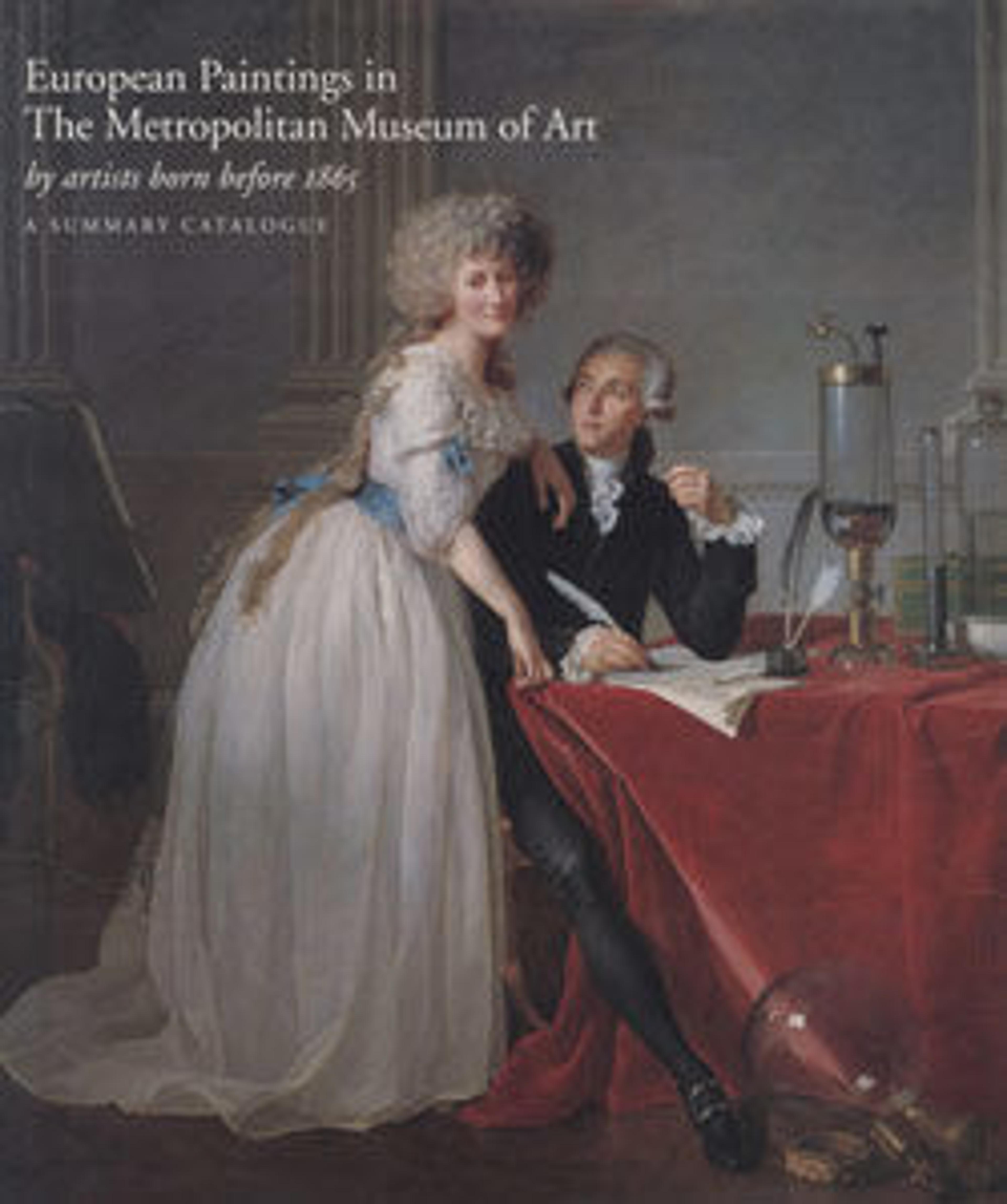Madonna and Child with the Donor, Pietro de' Lardi, Presented by Saint Nicholas
This work plays with our expectations of the flatness of the painted surface. Using a technique of gilded gesso, the artist gave Saint Nicholas’s miter and the crowns of the holy figures a raised surface. The Virgin’s robes and the intricate, angled throne also create a sense of three-dimensionality. As if to emphasize the skill it took to achieve these illusions of depth, the artist reminds us of the surface’s flatness in the representation of two coats of arms and an inscription that appear as though tacked onto the panel. Pietro de’ Lardi, who commissioned this work and is seen kneeling here, became deputy general to Borso d’Este, duke of Ferrara, in 1452. According to the inscription, it was painted sometime between 1400 and 1431.
Artwork Details
- Title:Madonna and Child with the Donor, Pietro de' Lardi, Presented by Saint Nicholas
- Artist:Master G.Z. (possibly Michele dai Carri, Italian, Ferrara, active by 1405–died 1441 Ferrara)
- Date:ca. 1420–30
- Medium:Tempera and gold on wood
- Dimensions:Overall 45 7/8 x 43 5/8 in. (116.5 x 110.8 cm); painted surface 44 1/8 x 41 3/4 in. (112.1 x 106 cm)
- Classification:Paintings
- Credit Line:Bequest of Adele L. Lehman, in memory of Arthur Lehman, 1965
- Object Number:65.181.5
- Curatorial Department: European Paintings
More Artwork
Research Resources
The Met provides unparalleled resources for research and welcomes an international community of students and scholars. The Met's Open Access API is where creators and researchers can connect to the The Met collection. Open Access data and public domain images are available for unrestricted commercial and noncommercial use without permission or fee.
To request images under copyright and other restrictions, please use this Image Request form.
Feedback
We continue to research and examine historical and cultural context for objects in The Met collection. If you have comments or questions about this object record, please contact us using the form below. The Museum looks forward to receiving your comments.
